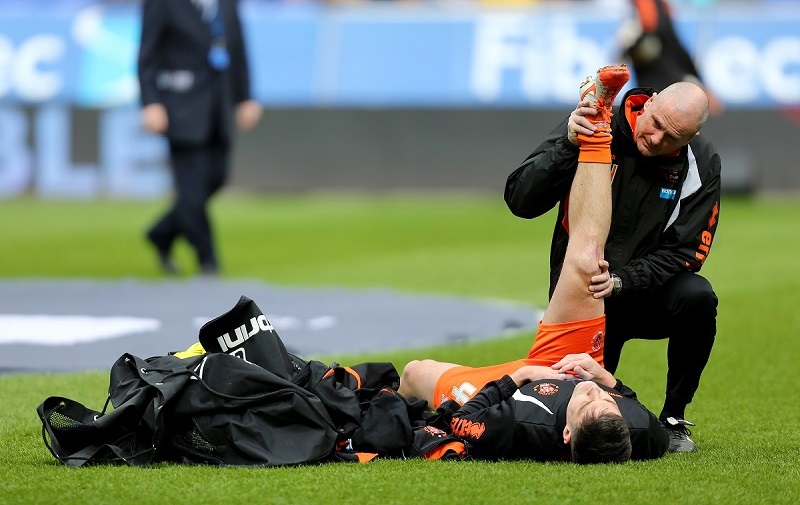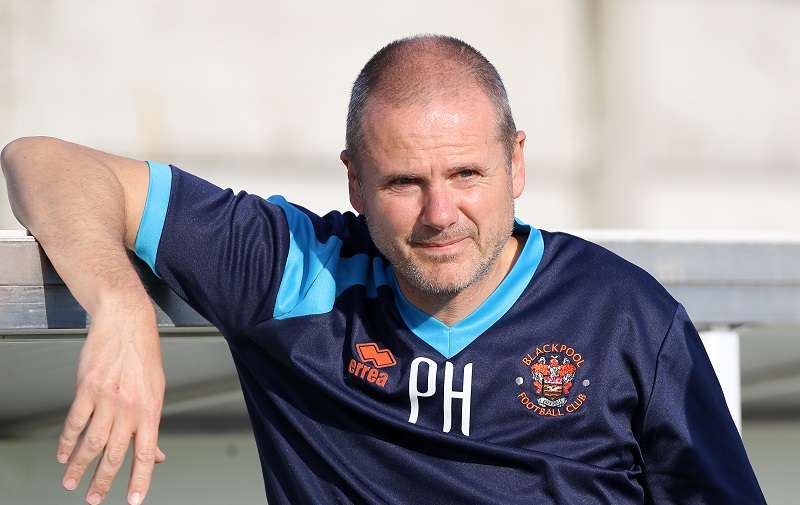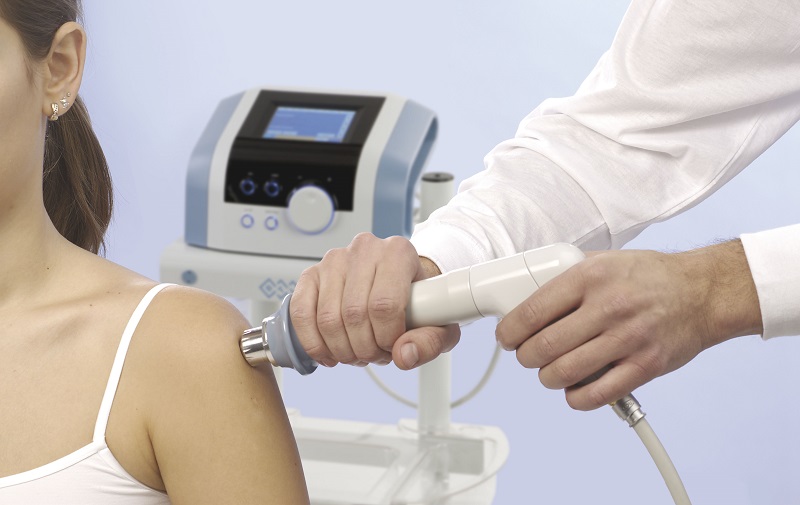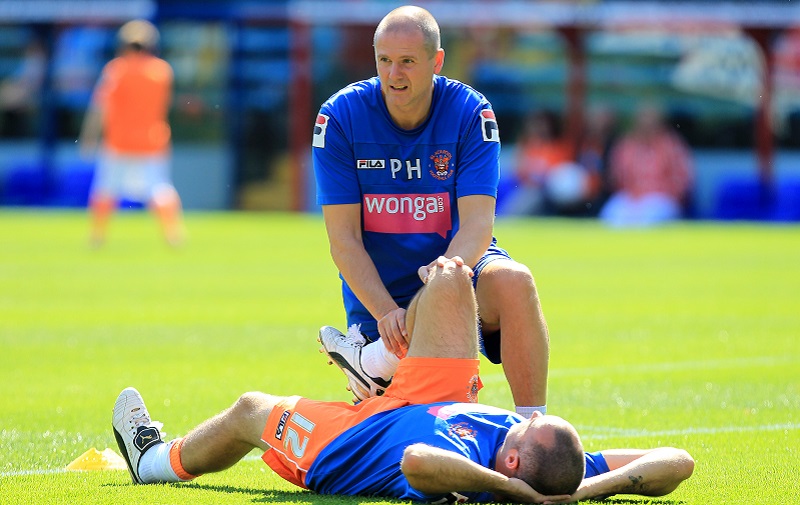- 286 Clifton Drive South, Lytham St Annes, FY8 1LH
- info@philhornerphysiotherapy.co.uk
- 07782 317 947
For a professional footballer it is vital to trust the physio he works with. The way Phil has diagnosed and treated my injuries has been perfect and he has gained my trust and respect as a professional.
Andrea Orlandi (Barcelona FC, Swansea City, Brighton, Blackpool FC.
FAQs
Shockwave Therapy FAQs
What conditions can Shock Wave Therapy be used to treat?
Common problems that have been shown to respond well to Shockwave therapy include Shoulder tendinitis, Plantar fasciitis, Achilles tendinitis, Patella tendinitis (jumpers knee), Medial and Lateral epicondylitis (Golfers and Tennis elbow) and trochanteric (Hip) bursitis. Many other pathologies can also be helped.
Can Shockwave Therapy be guaranteed to help me?
No treatment carries an absolute guarantee of success but collated evidence suggests that over 75% of patients with chronic conditions, that have not been cured with other kinds of treatment, benefit from Shockwave therapy
Are there any side effects to Shock Wave Therapy?
There are no reported long term side effects to Shockwave therapy though occasionally there may be a short-term increase in pain (24-48hrs).
How long can I expect treatment to take?
A course of Shockwave therapy will take between three and five weeks to deliver and consist of one treatment per week lasting approximately 20 minutes on each occasion.
What can I expect to feel during and after the treatment?
The delivery of shockwaves can be a little uncomfortable though this is often followed by an immediate reduction of pain after the treatment. It is common for a general ache to develop around the treated area a few hours after treatment but this usually settles within 24hrs and rarely lasts any longer.
How should any pain be managed after the treatment?
Because Shockwave Treatment induces an inflammation-like response in the tissue that is being treated the body’s own healing processes are stimulated and enhanced. Anything that can interfere and dampen this beneficial response such as anti-inflammatory medication or cryotherapy (ice) should be avoided. Common prescription-free pain killers can be used if necessary.
Can I resume my normal activity after the shockwave treatment?
After treatment it is beneficial to avoid any increased levels of activity for at least 48hrs even if there is a reduction of pain.
How long will it take for me to notice the benefits of Shockwave Treatment?
Usually the response to shockwave treatment is consistently good and most people notice a distinct benefit after a few weeks. It may, however, take several months for the maximum benefit to be achieved. An alternative treatment should be considered if there is no pronounced improvement after 3-4 months.
Physiotherapy FAQ’s
What will happen at my first appointment?
Your first appointment will last between 45-60mins and involve taking a thorough history, a comprehensive physical examination, and usually be followed by a short treatment session. After this you will have a working diagnosis, a treatment plan with agreed aims and goals, advice about self-management, and a home exercise programme.
What would you advise me to wear?
Anything that is comfortable and can allow easy access to the problem area. For neck and shoulder problems a vest top is a good idea. For lower limb problems a pair of shorts is ideal.
Will I need a doctor’s to refer me?
No. Of course we will accept a doctor’s referral but this is not always necessary. If you are unsure if Physiotherapy is the appropriate treatment for you please call for advice. If you are requesting treatment through your insurance company then some will require a doctor’s referral. It is advisable to check with your insurance company prior to making an appointment.
How soon will I be able to get an appointment?
There is no waiting list. You will usually be able to be seen within 24-48hrs if necessary.
If I need to cancel my appointment how much notice will I need to give?
24hrs notice of cancellation is requested otherwise a charge may be incurred at the discretion of the practitioner.
How do I pay?
Payment can be made by cash, debit card or cheque and is requested after each treatment session. If you have private medical insurance then your policy number and, if relevant, authorisation number will be required. Please note that if your insurance company have not been notified then you may be liable for payment.
What do the letters after a Physiotherapist’s name mean?
MCSP means that they are Members of the Chartered Society of Physiotherapist’s and entitles them to use the professional title ‘Physiotherapist’. HPCP means they are registered with the Health and Care Professions Council. These registrations are both a legal requirement to practice as a physiotherapist.
For more information on the conditions we treat and services we offer, or to book an appointment please call 07782 317 947, email me at info@philhornerphysiotherapy.co.uk or Book online
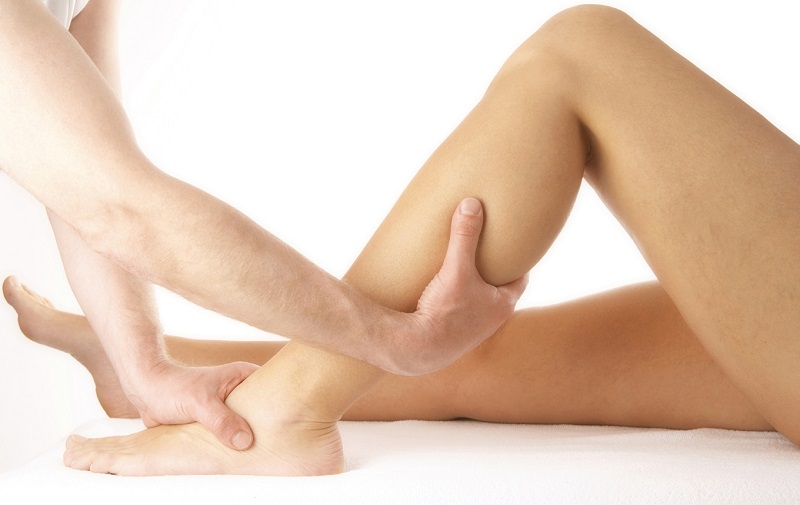
Muscle Energy Technique
Muscle energy technique (MET) is another form of manual (hands on) therapy that is used by the therapist to restore function in the musculoskeletal system.

Myofascial Release
Therapists often use another form of manual therapy called myofascial release to relieve muscle dysfunction and pain.
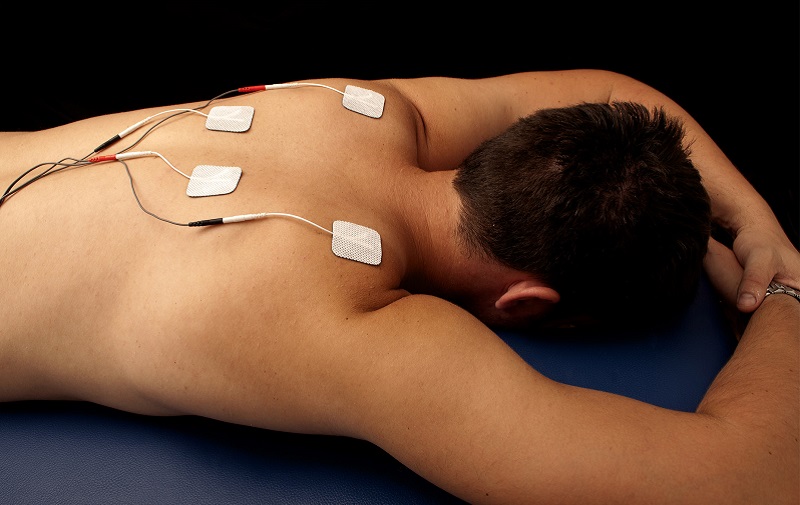
Electrotherapy
Electrotherapy is often used by a therapist as an adjunct to manual therapy in the treatment of musculoskeletal dysfunction & pain.

Postural Re-Education
Most people are aware that poor posture can have a direct effect on the risk of developing musculoskeletal problems.
DO YOU STILL HAVE A QUESTION REGARDING OUR SERVICES?
For more information on the conditions we treat and services we offer, or to book an appointment please feel free to get in touch.

